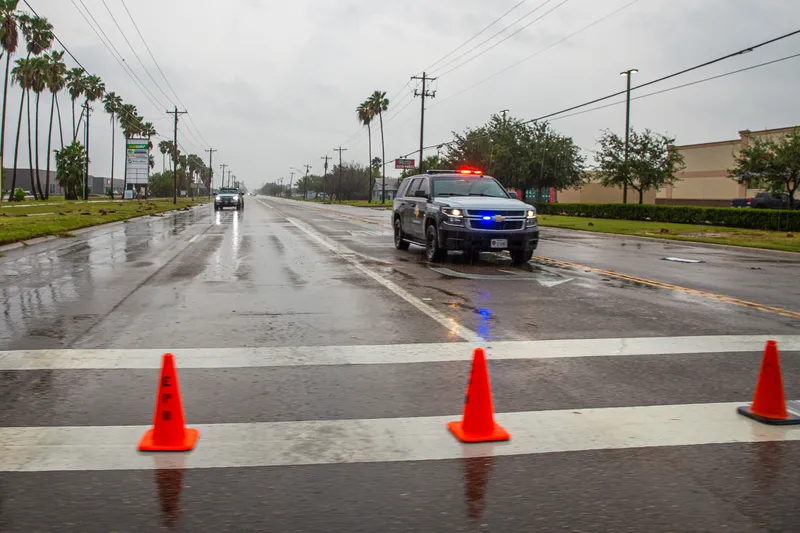Florida has 20 of the top 100 communities in the US that offer limited evacuation routes for natural disasters, says StreetLight Data.
The company analysed 30,000 towns with populations under 40,000 with the aim of better preparing communities for floods, hurricanes and tornadoes. The top 100 communities was ranked by ‘evacuation risk’, which was determined by how many of the location’s daily trips enter and exit the town and via what route(s), adjusted for the number of available exits and overall population.
Paul Friedman, StreetLight’s chief technical officer, says: “Transportation infrastructure, and sharing information about transportation options, is one part of the complex requirements of disaster and evacuation preparation. We hope this data can be a useful support to those working in this challenging field.”
Other states that have the most evacuation-challenged towns include California (14 communities), Arizona (8), Texas (6) and Washington (also 6).
Additionally, findings revealed the most constrained evacuation routes are Camano (Washington), Hilton Head Island (South Carolina), Mercer Island (Washington), Hutchinson Island South (Florida) and Sanibel (Florida).
Florida has ‘most limited’ disaster evacuation routes: study
Florida has 20 of the top 100 communities in the US that offer limited evacuation routes for natural disasters, says StreetLight Data.
The company analysed 30,000 towns with populations under 40,000 with the aim of better preparing communities for floods, hurricanes and tornadoes. The top 100 communities was ranked by ‘evacuation risk’, which was determined by how many of the location’s daily trips enter and exit the town and via what route(s), adjusted for the number of available exits and overall populat
August 29, 2019
Read time: 2 mins










